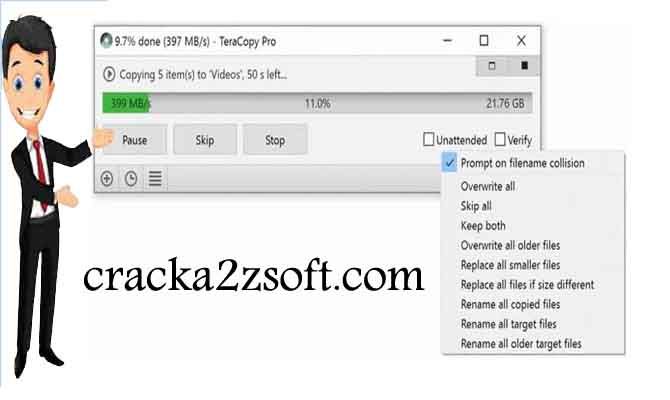

I know this question is old, but I think there is a new answer that might be helpful since this question has not been answered with any upvotes, and I've never gotten a good answer to similar questions. And because Windows uses a number of directory junctions in these folders, you're forced to rebuild them manually one by one. Xcopy doesn't seem to get them all either. Regardless of the options used, booting to the command line, Robocopy still fails to copy several files, just skipping them without any reason given.

(I boot to command line using Windows install disc.) Acronis True Image file backup/restore doesn't copy symbolic links or junctions and seems to skip several files as well (and runs incredibly slow from the boot CD.) Even Xcopy and Robocopy fail to copy 100% of the files, and neither can copy junctions, hardlinks, or directory symbolic links.įor example, I am currently trying to copy a Windows 8 system's C:\Users and C:\ProgramData to drive D. Because of that, I prefer command line or boot disc solutions. Even tools like FreeFileSync that use shadow copying fail. I want to copy the symbolic link itself, not the contents of the referenced location.Ĭopying certain directories in Windows is almost always a recipe for failure. Along with that, all the file copying tools are woefully inadequate when it comes to symbolic links and junctions.


I need to copy a tree of directories to another location but am foiled every time by some file that refuses to copy for one reason or another (access denied, file in use, or the best one, no reason given, it just refuses to copy.) Many methods don't copy NTFS permissions. Is there a directory copying method for NTFS that can copy a directory 100% accurately, every time, with every single file, sub-directory, permission, attribute, and symbolic link / junction intact without skipping a single file? I'm open to any suggestions, including command line, boot disc tools, partial disc imaging (as long as you can restore to a disc with data on it and not wipe it), raw copying, or anything else that might solve this.


 0 kommentar(er)
0 kommentar(er)
